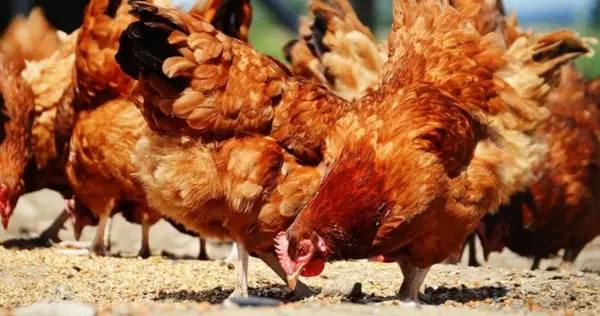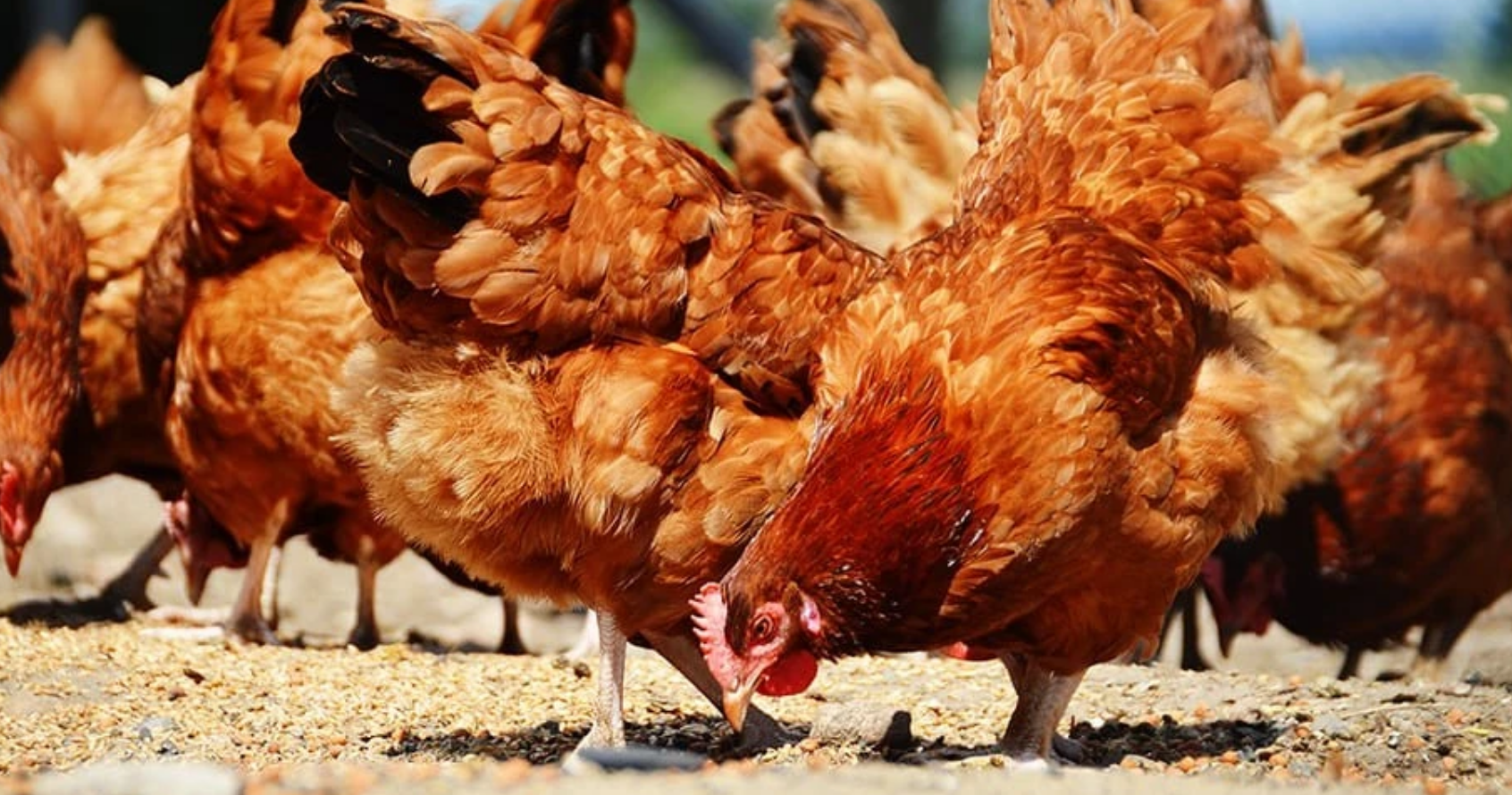
Choosing the right menu for feeding chicken can be downright frustrating, especially when you’re still green in the field of raising chickens.
Even so, you don’t have to worry because that’s the primary purpose of this post – to provide you with the ultimate guide of the chicken menu for feeding chicken.
So without any further ado, let’s get started:
1. Starter Chicken Feed
Starter chicken feed is rich in protein, and as such, it’s highly recommended for baby chicks probably the age of six weeks. This is because baby chicks are presumed to adapt quickly to starter feed before you can introduce them to grower feed.
Additionally, the protein content in starter feed ranges from 20-24 percent to enhance the healthy growth of young chicks. However, it would help if you refrain from feeding chicken with the starter feed once they have attained the age of six weeks to prevent liver disorders due to excess proteins.
That said, there are tons of varieties of chicken menu referred to as starter-grower feed. This type of feed is given up to 20 weeks of age. Carefully read through the instructions before feeding chicken for efficiency. Also, it would be best if you consult any experienced chicken keeper for help.
2. Grower Chicken Feed
Grower feed can be used for feeding chicken between the age of 6-20 weeks. Their dietary requirement is a little bit different from that of baby chicks. Additionally, grower feed has a protein content ranging from 16-18 percent, but with low calcium content.
The best part, however, is that grower feed has all the necessary nutrients for the development of an eggshell. Introduce your chickens to layers feed once they start laying eggs for decent productivity.
3. Layer Chicken Feed
Layer feeds contain a ton of nutrients, including calcium, proteins, vitamins, and minerals. That’s why they precisely meant for laying hens so that they can improve their egg-laying abilities.
Additionally, layer feed contains a protein content similar to that of grower feed. The only difference is that they provide extra calcium to enhance the formation of healthy eggshells. Because layer feed is precisely recommended to laying hens, feeding them to baby chicks or pullets will be of no use.
4. Mash
Mash is an unprocessed version of the chicken menu with a mimic texture of potting soil. So far, it’s the best chicken feed available. And because they are easy to digest, this type of chicken feed is usually fed to baby chicks. Still, it can be used for fully-grown chooks.
You may as well customize this feed to the porridge-like texture to minimize thirst. The problem, though, is that it will quickly spoil due to the moist conditions. Also, you’ll have to bear with the other downside that there is an increased rate of incidental waste due to the varying texture of chicken mash.
Bottom Line
With this ultimate guide, choosing the right chicken feed is a no brainer. Just make sure that you have your priorities jotted down to avoid conflicting thoughts.


